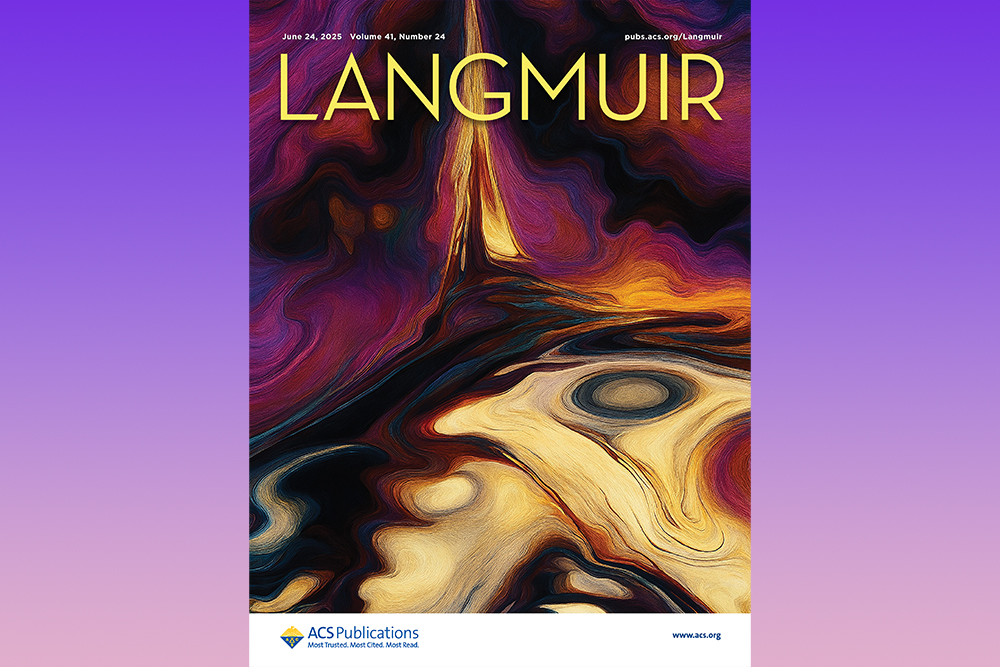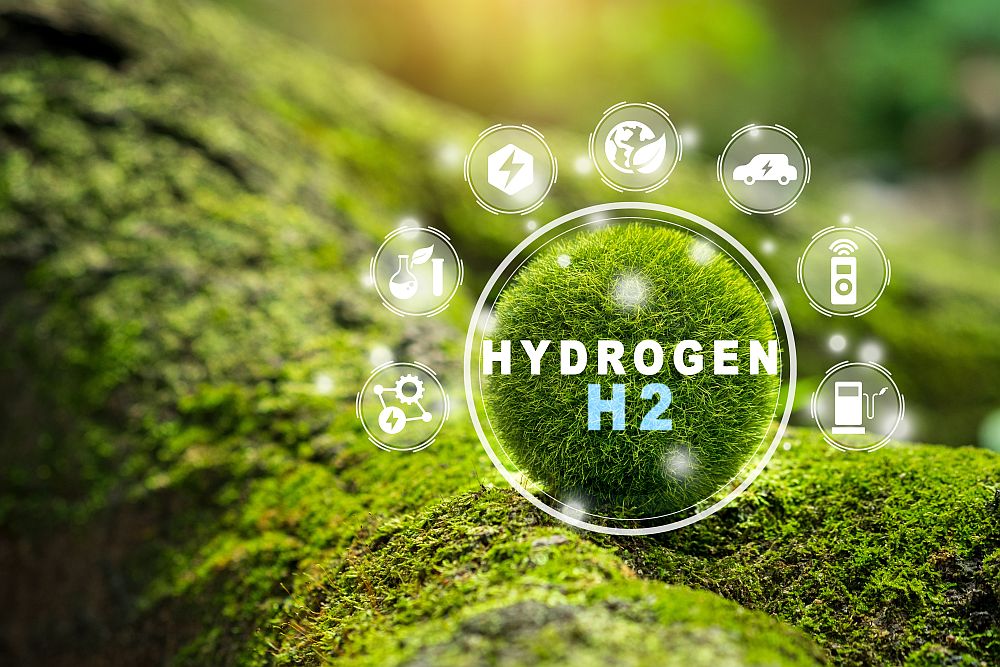
[Image above] By coating a leaf-inspired textured surface with graphene oxide, frost formation can be prevented on various materials for long periods. Credit: Machado et al., Science Advances (CC BY-NC 4.0)
As we enter the last month of 2024, Jack Frost has been hard at work in many areas of the northern hemisphere. I personally have started leaving 10 minutes early for any appointment to provide adequate time to scrape my car’s windshield.
Though this example is just a minor annoyance, unwanted frost accumulation is a major concern across industrial, residential, and government sectors. For example, the 2021 power crisis in Texas, which cost $195 billion in damages, resulted directly from frost, ice, and extreme cold conditions for more than 160 hours.
Heaters and wind machines can help actively prevent frost formation. But passive mechanisms for frost resistance are needed as well to achieve widespread low-cost, low-energy protection.
Current passive methods for frost resistance generally involve either
- Altering a surface’s chemistry and topography to generate nonwetting surfaces or
- Infusing the surface with lubricants to delay the onset of frosting.
However, each technique faces some limitations. Many nonwetting surfaces are vulnerable to damage of the micro/nanotextures, which leads to a marked increase in ice adhesion. Meanwhile, lubricant-infused surfaces lose their function as the lubricating layer depletes.
In a recent open-access paper, researchers at Northwestern University in Illinois demonstrate a hybrid technique to achieve highly stable and spatially scalable frost-free regions, with intrinsic scratch/crack- and contamination-resistant attributes.
The hybrid technique builds on previous research the authors published in 2020. At that time, they showed that a leaf-inspired, millimeter-scale surface structure could theoretically reduce frost formation by up to 80%. In the new study, they coated the textured surface with a thin layer of graphene oxide.

Schematic of the design methodology for this study. A thin layer (~600 μm) of graphene oxide is applied to the “valley” (flat) portion of the textured surface. The texture serves to focus the diffusion of water vapor to the peaks, such that frost nucleates at the peak regions first and then propagates toward the valley. Experiments depict no frost on the coated valley surface but frost on the uncoated valley surface after 3 hours. Credit: Machado et al., Science Advances (CC BY-NC 4.0)
Graphene oxide is hygroscopic, meaning it tends to absorb moisture from the air. As a result, “the graphene oxide layer acts like a container to prevent water vapor from freezing,” says senior author Kyoo-Chul Kenneth Park, assistant professor of mechanical engineering, in a Northwestern press release.
The graphene oxide layer was only 600 microns thick, but it resulted in a surface that resisted all frost formation for 160 hours. Additionally, the graphene oxide still worked effectively when scratched, cracked, and contaminated, though “work remains to fully characterize the durability with a broad variety of contaminants,” the authors write in the paper.
Notably, the graphene oxide coated only the “valley” (flat) portion of the textured surface, not the peaks. The authors suggest combining the coated surface with a deicing mechanism to remove sacrificial frost from the peaks.
The open-access paper, published in Science Advances, is “Robust hybrid diffusion control for long-term scalable frost prevention” (DOI: 10.1126/sciadv.adq8525).
Author
Lisa McDonald
CTT Categories
- Environment
- Material Innovations


